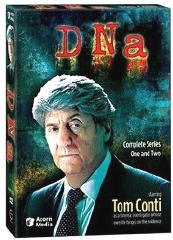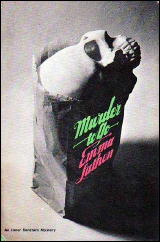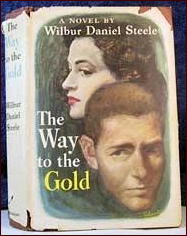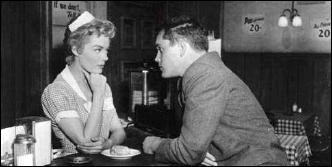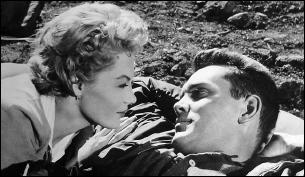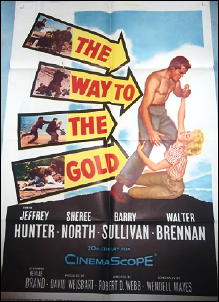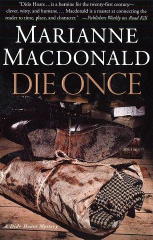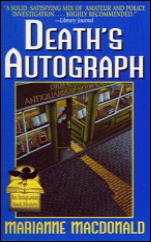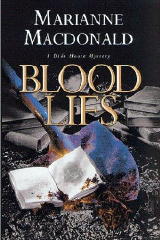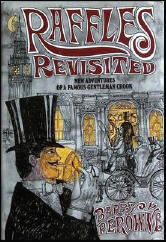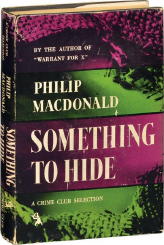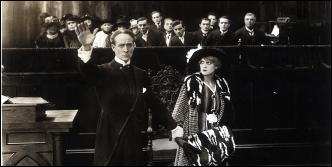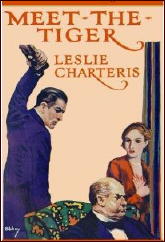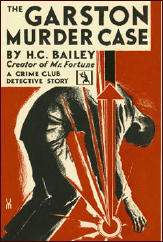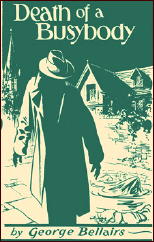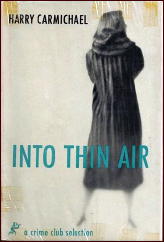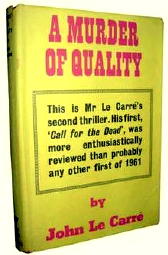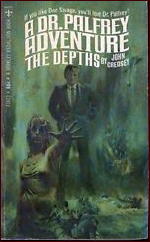Wed 26 Mar 2014
Archived Movie Review: EVERYBODY WINS (1990).
Posted by Steve under Mystery movies , Reviews1 Comment

EVERYBODY WINS. Orion, 1990. Nick Nolte, Debra Winger, Will Patton, Judith Ivey, Jack Warden. Screenplay: Arthur Miller, based on his play of the same title. Director: Karel Reisz.
Overall, I’d say I did — win, that is — even considering how unflinchingly flat the ending of this PI drama taking place in good old Connecticut is, but on the other hand, Leonard Maltin in his book on the movies calls this film a BOMB, and if so, either he or I are out of kilter, and I don’t think it’s me. [FOOTNOTE 1.]
PI Tom O’Toole (an appropriately scruffy but sometimes rather vacuous-looking Nick Nolte) is called in on the case by a woman named Angela. She’s a friend of the defendant, the nephew of the dead man, a well-known doctor who was brutally murdered in his home several months before. Already convicted and in jail, the nephew is a weakling who will probably not survive incarceration much longer.
O’Toole is reluctant, but Angela’s charms prove too comely to overcome. Debra Winger (as Angela) is appropriately ditsy ad alluring all at once, and only gradually does she reveal that she knows more and more about the case — each time O’Toole is on the verge of withdrawing, she comes up with another shred of the story that keeps his interest, um, aroused.
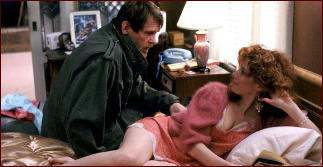
Angela is also the town whore, as O’Toole discovers too late, but he is too much in fascination with her to quit on the case, even if he wanted to. And the longer the case lingers on, the higher the corruption in the town (the cop cars say Highbury) seems to go. The crazed owner of a village garage slash motorcycle shop — he wants to start his own church, and he already as the beginnings of his own gang of disciples — seems to have confessed to the crime at one time, but it was still the doctor’s nephew who was railroaded into prison.

All is not what it seems, or so it seems, and Twin Peaks has a lot to answer for. With all he quirky behavior involved, my greatest fear was that there would be no ending at all, but as I implied earlier, here I was wrong. The ending is one in which, as Angela says, “everybody wins,” and everyone and everything is satisfied, except justice (and just perhaps) Tom O’Toole. Just like real life.
Whatever lack the story may have in a final punch, however, is at least partially made up for by the photography. New England never looked lovelier. [FOOTNOTE 2.]
FOOTNOTE 1. The point is this. How could anybody lump this film into the same category as Plan 9 from Outer Space and The Man Who Turned to Stone? I mean, give me a break.
FOOTNOTE 2. Or so I thought until I saw the closing credits. Apparently the movie was filmed, at least in part, in Wilmington, North Carolina. All is not what it seems, all right.
[UPDATE] 03-26-14. IMDb now tells me that some of this movie was filmed in Connecticut — Norwich, to be precise, a fact I hadn’t realized when I wrote this review.
